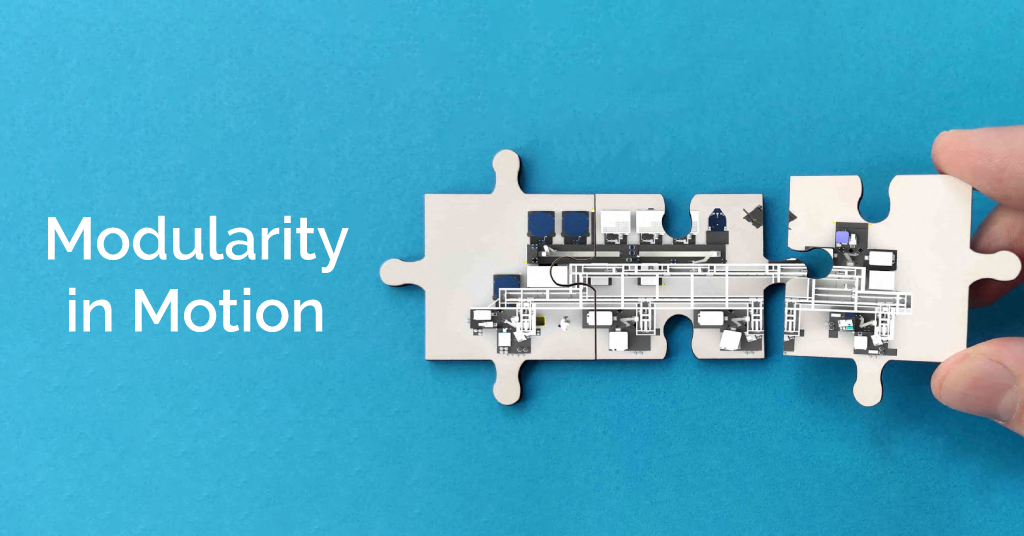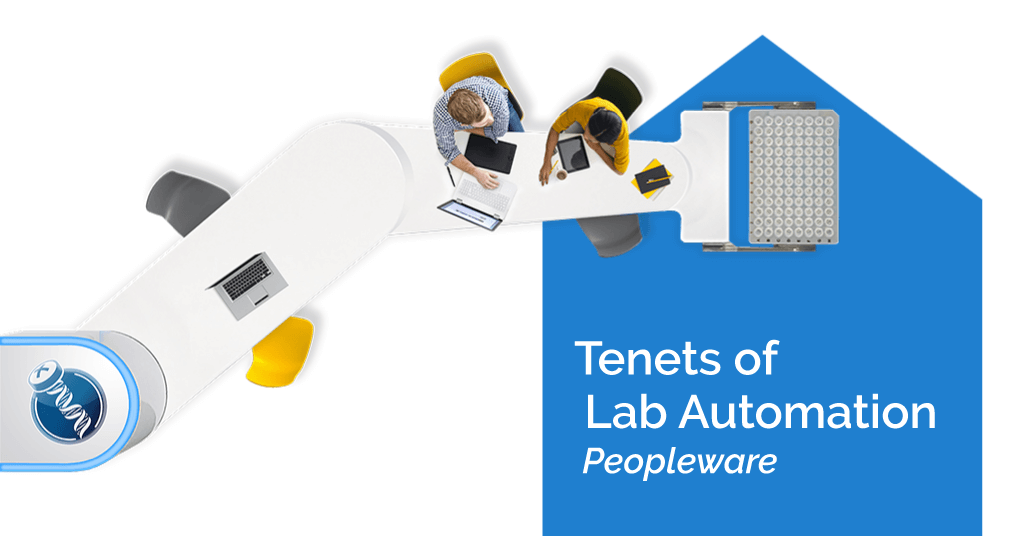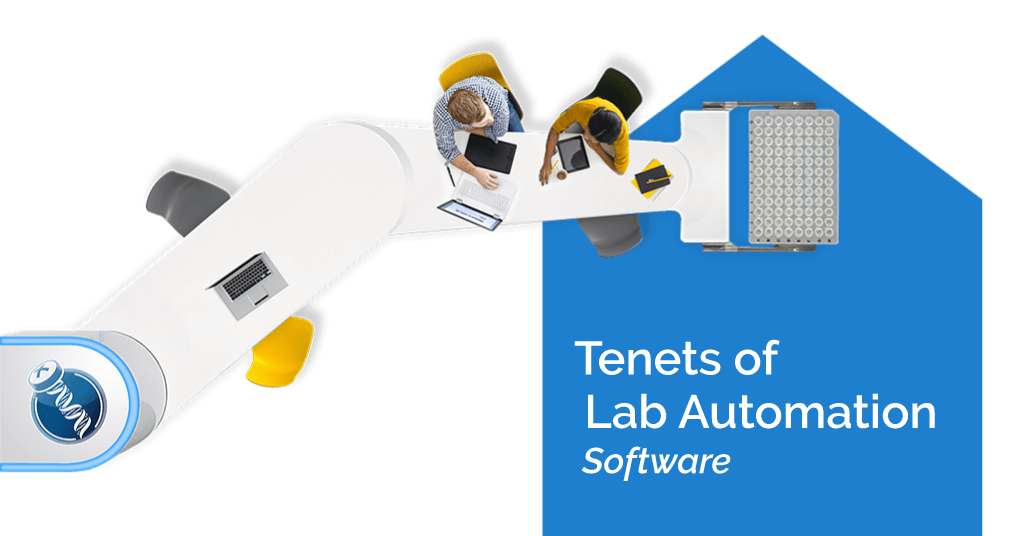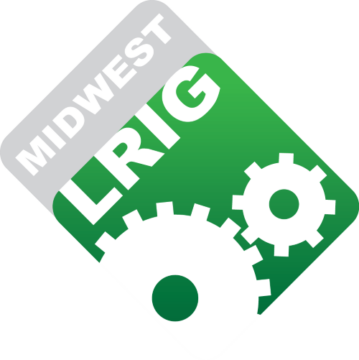Already a HighRes customer?
Log in to the customer portal here
Resources
At HighRes Biosolutions, we offer insights and analysis on the latest innovations and advancements in the laboratory automation industry.
Already a HighRes customer?
Log in to the customer portal here
At HighRes Biosolutions, we offer insights and analysis on the latest innovations and advancements in the laboratory automation industry.

NEWS | 2024’s Newest SLAS Innovation Award Winner
February 9, 2024
A Breakthrough in Pathogen Detection In an inspiring showcase of innovation and scientific excellence, the Society for Laboratory Automation and Screening (SLAS) announced the winner of the highly anticipated 2024 SLAS Innovation Award, sponsored by HighRes Biosolutions. This year, the accolade was bestowed upon an[...]NEWS | HighRes Biosolutions Aids in Automating Next Generation Small Molecule Lead Discovery
January 29, 2024
Multiple Automated Nucleus® Systems Powered by Cellario™ Help Build the Lab of the Future HighRes Biosolutions is pleased to announce an agreement with Deerfield Management Company (“Deerfield”) to provide multi-module automation for chemical synthesis and screening to Deerfield’s Lab of the Future. The Lab of[...]
BLOG | Modularity in Motion: Combine Hardware and Software to Future-Proof Your Automated Lab
September 8, 2023
How Modularity Enables Change in Technology Technology allows us to expand our perceptions and understanding of what is possible. This is especially true for life science labs, where technology—and specifically lab automation technology—is constantly evolving and driving new innovations. Adapting to change with automation offers[...]
BLOG | Tenets of Lab Automation – Peopleware
August 25, 2023
How People Fit into the Realm of Automation Lab automation is a powerful tool that can help to reduce errors and improve efficiency. However, it is not a replacement for human expertise. People play a critical role in the design, development, and operation of automated[...]
BLOG | Tenets of Lab Automation – Software
August 11, 2023
Lab Automation Software: An Under-Appreciated Champion In our first installment of the Tenets of Lab Automation blog series, we discussed hardware. In this second installment, we will focus on software. As a company with a deep history in the life science industry, we’ve experienced and[...]
Customer Journey | Sygnature Discovery: Flexible Automated Lab Design for Integrated Drug Discovery
June 12, 2023
Discover how a partnership with HighRes® Biosolutions enabled Sygnature Discovery to improve the scope and quality of its services by establishing HTS capabilities in-house, to create an automated solution that would enable them to adapt and readapt to the changing landscapes of customer need and[...]
Technical note | Combining the Power of Cellario™ and Mosaic to Realize Efficiencies in Sample Management
January 13, 2023
Energizing Your Labs with Cellario™ and Mosaic The modern scientist is required to manage and track all their research samples, processes and procedures across multiple instruments and controlling software systems all of which are obtained from a wide variety of different providers. This results in[...]


